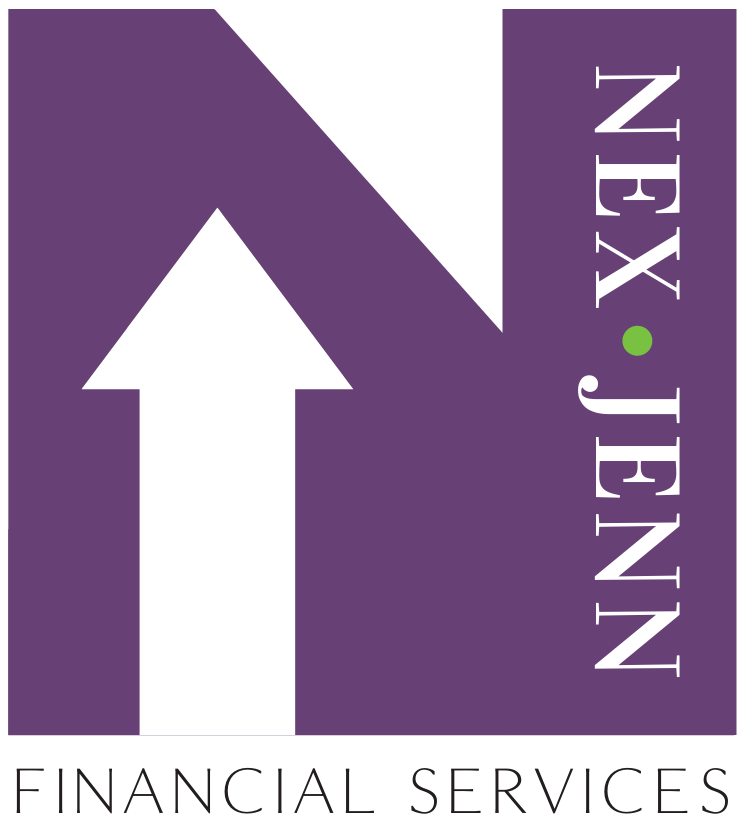Estimated read time: 4 minutes

The long-anticipated Student Loan Relief plan was announced by the Biden administration on August 24th in response to skyrocketing college tuition costs over the last several decades.
In fact, since 1980 total cost of four-year college tuition has nearly tripled after accounting for inflation. By contrast Pell Grants that once covered 80 percent of those costs now cover roughly ⅓ of college tuition costs. This forced students into debt with the typical undergraduate student holding $25,000 in student loan debt. This plan seeks to reduce that debt using a student loan forgiveness program that was developed in 2007.
If you or your adult children hold student loan debt, educating yourself about this program could be an important step towards reducing the burden of student loan debt. In this blog, I will discuss what’s in the plan and how to it may affect you.
The key takeaways are:
- The Six Things You Need To Know about the Student Loan Relief Plan
- Assessing your Student Loans
- Repayment Options to Consider
The Six Things You Need To Know about the Student Loan Relief Plan
The motivation of the plan is to alleviate the pressing burden of excessive student loans for both students and their parents. The centerpiece of the plan is to forgive eligible student debt and reduce student loan payments moving forward. Here’s what you should know about this proposed plan.
1. What loans are eligible?
The Department of Education will provide up to $20,000 in debt cancellation to Pell Grant recipients with loans held by the Department of Education, and up to $10,000 in debt cancellation to non-Pell Grant recipients. This would mean that all Federal direct student loans, parent PLUS Loans, and FFEL loans owned by the federal government are also eligible. If you have an unconsolidated FFELP loan you will also be eligible. Any private student loans are not eligible.
2. What is the income threshold?
Borrowers are eligible for this relief if their individual income is less than $125,000 for singles and $250,000 for married couples. Income determination will most likely be AGI, but details have not been announced.
3. Are there additional qualifying criteria?
The plan proposed that borrowers who have worked at a nonprofit, in the military, or in federal, state, tribal, or local government, receive appropriate credit toward loan forgiveness.
4. When do loan payments resume?
To ensure a smooth transition to repayment and prevent unnecessary defaults, the pause on federal student loan repayment will be extended one final time through December 31, 2022. Borrowers should expect to resume payment in January 2023.
5. Are their tax implications?
A handful of states have the ability to tax the forgiven balance including Arkansas, Minnesota, Mississippi, North Carolina, and Wisconsin. Nevertheless, these states have the ability to change their state tax laws to conform to the American Rescue Plan of 2021 provision making student loan forgiveness federally tax-free through 2025.
6. Are there provisions that change my monthly student loan payment?
The newly proposed Income-Driven Repayment (IDR) plan will lower monthly payments and possibly reduce the length of time required for a loan to be forgiven for eligible borrowers. IDR proposes to cap monthly payments for undergraduate loans at 5% of a borrower’s discretionary income—half of the rate that borrowers must pay now under most existing plans. For the average borrower, this will translate into a reduction of $1,000 annually for both current and future borrowers.
Assessing your Student Loans
A good place to start when deciding what to do about your loans is to make sure that you have all the information about your loans. You can look this up through the Federal Student Aid website. Here you can see what type of loans you have, their respective interest rates, and what your remaining balance is. Knowing your interest rates will be very important as well once payments resume in January 2023.
Repayment Options to Consider
After you have assessed your student loans, the next step is to consider your repayment options. The following are the next steps to consider:
- Determine how much debt forgiveness you are eligible for.
- Create a payment plan that maximizes your eligibility. It would be unwise to make any large lump sum payments, prior to the plan taking effect.
- Ask yourself what is your goal when it comes to your student loans? Do you want to pay off your loans as quickly as possible? Maybe you want to make sure that your monthly payments are as low as possible. You could be somewhere in between.
- If you made payments to your loan during the pause months, which began in March of 2020, consider requesting a refund on those payments. Although this will increase your loan balance, it could result in you keeping the refunded payments.
It is important to educate yourself about the impact the Student Loan Relief plan will have on you and your family’s student loan debt. Understanding how much debt you might qualify to be forgiven and maximizing the forgiveness amounts will help you understand the impact of your long-term financial journey.

